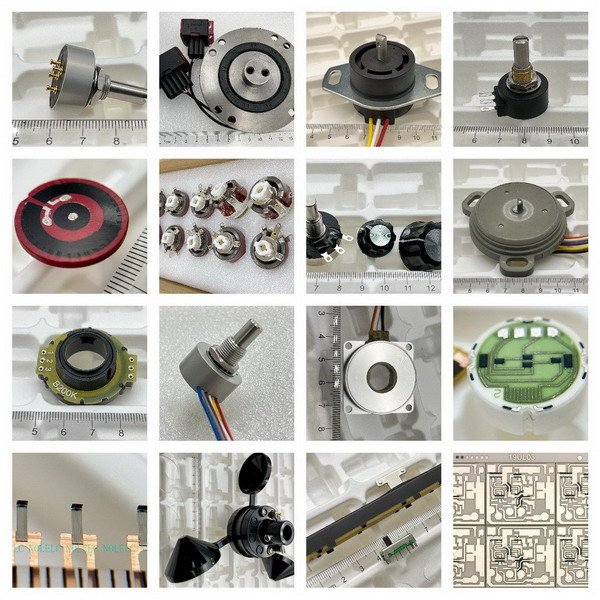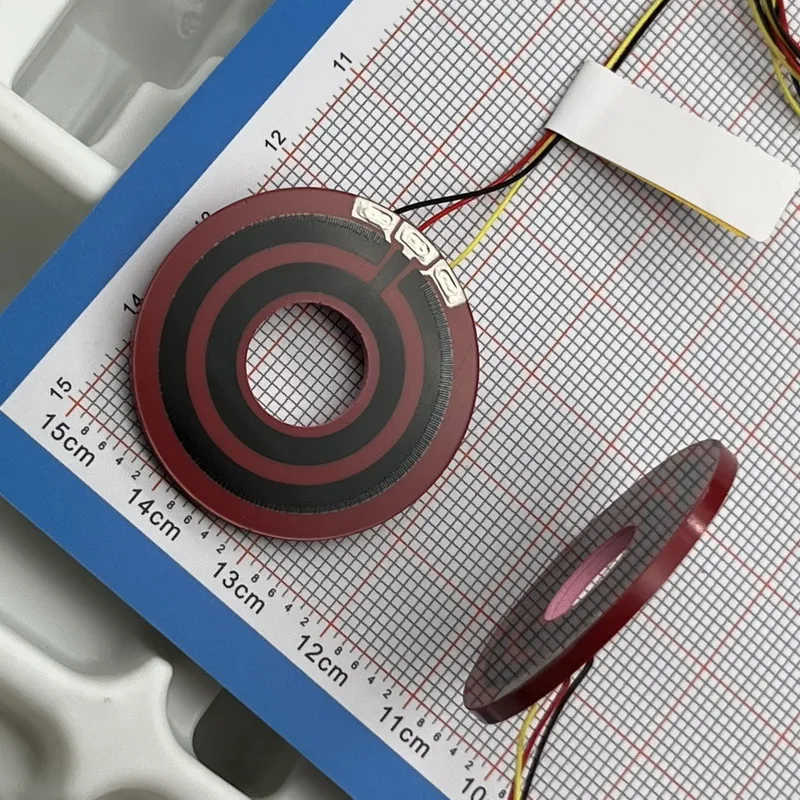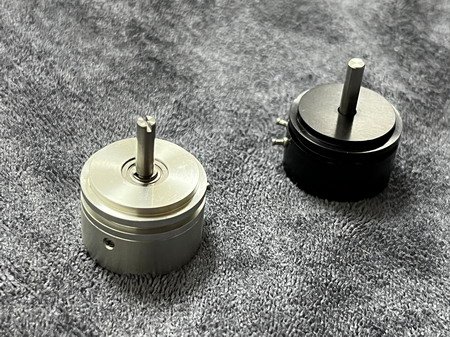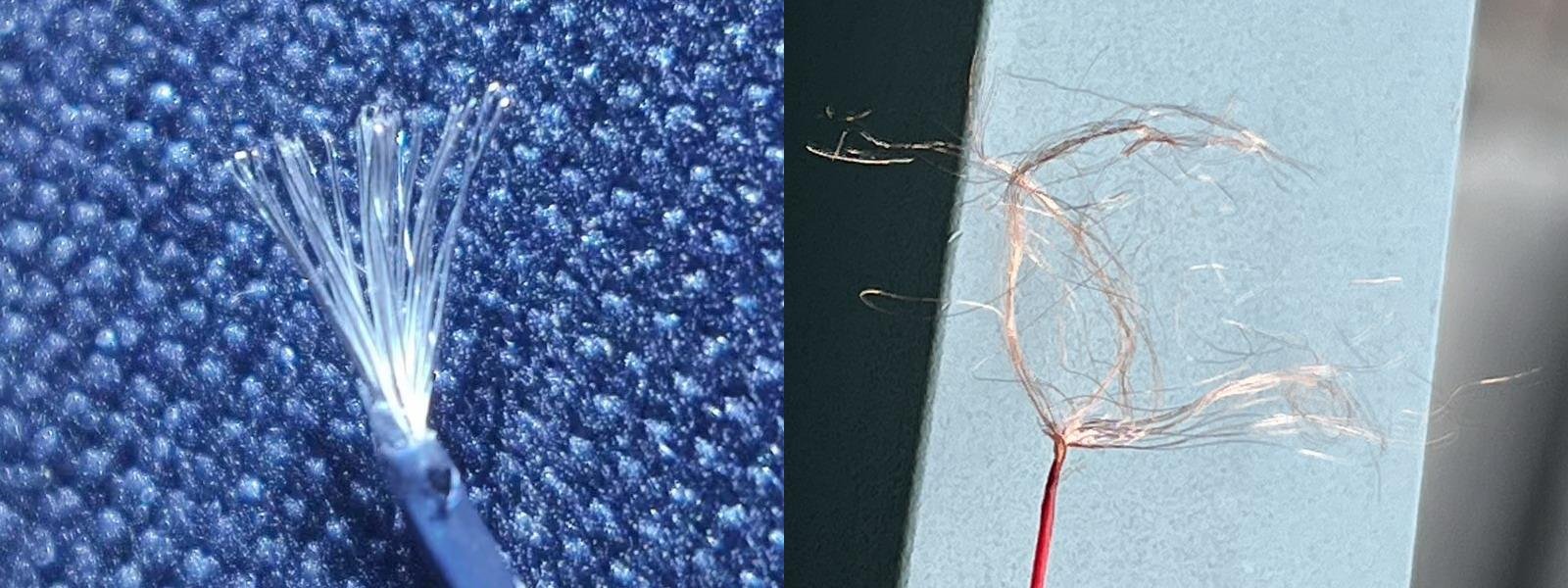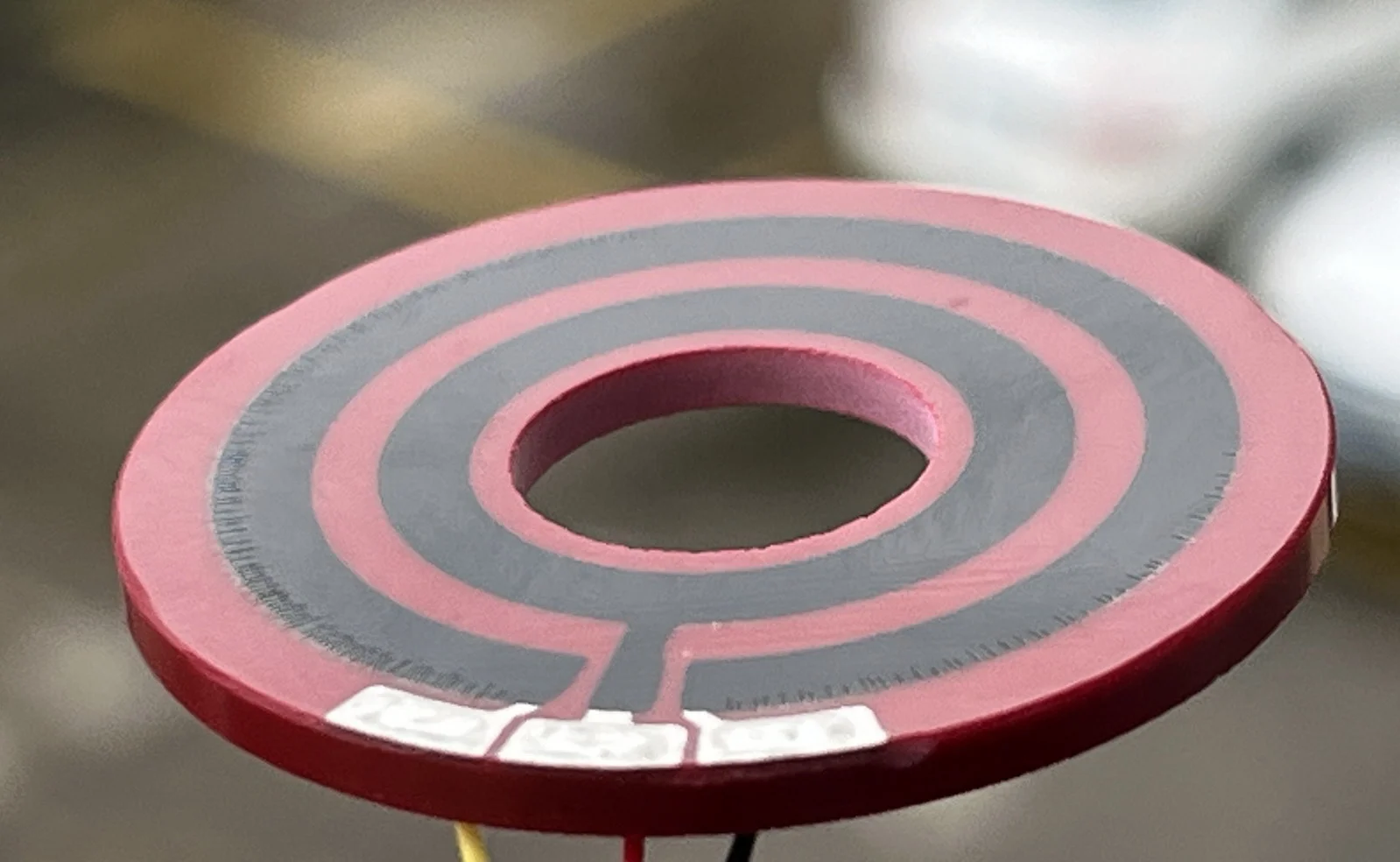This linear resistive element is made with conductive plastic film technology, offering excellent linearity (±0.25%) and low temperature coefficient (<200 ppm/°C).
It operates reliably over a wide range of −65 °C to 125 °C and meets the requirements of Chinese Military Standard GJB 1865A and U.S. Military Standard MIL-PRF-39023, making it ideal for precision potentiometers and position sensors in high-reliability servo or aerospace systems.
Recently, several high-specification customers have asked about compliance with U.S. military standards.
To make it easier for everyone to understand, I compiled a simplified comparison table between the Chinese GJB 1865A and the U.S. MIL-PRF-39023, so readers can quickly compare the key parameters side by side.
1. Introduction — Why These Two Standards Matter
Both GJB 1865A and MIL-PRF-39023 serve as benchmark military specifications for non-wirewound precision potentiometers used in position and feedback systems.
They define requirements for non-wirewound resistive elements such as conductive plastic and film types to guarantee stability under harsh conditions.
2. Technical Background of Non-Wirewound Potentiometers
Traditional wire-wound potentiometers suffer from inductance and contact noise, limiting their precision and frequency response.
Since the late 20th century, both China and the U.S. have focused on non-wirewound designs and standardization.
Conductive-plastic and thick-film elements offer superior linearity, smoothness, and life expectancy, making them ideal for military servo and aerospace applications.
3. Nature and Scope of the Standards
| Item | GJB 1865A | MIL-PRF-39023 |
|---|---|---|
| Authority | Equipment Development Dept. of the PLA (former General Armament Dept.) | U.S. Department of Defense / Defense Logistics Agency (DLA) |
| Issue Year | 2015 Edition A (Current) | Revision D (Active) |
| Scope | Non-wirewound precision potentiometers (conductive plastic, thick-film, hybrid) | Non-wirewound precision resistors / potentiometers |
| Applications | Military and high-reliability equipment (aerospace, armored systems, servo control) | Military and industrial servo systems (aerospace, avionics, radar feedback) |
| Material Codes | WD = Conductive Plastic, WM = Thick Film, WT = Thin Film | Conductive Plastic / Cermet / Film Elements |
4. Key Performance Comparison for Conductive-Plastic Elements
| Parameter | GJB 1865A (Conductive Plastic / Non-Wirewound) | MIL-PRF-39023 (Non-Wirewound) |
|---|---|---|
| Rated Power Temperature | Full rated power at 70 °C; derate linearly above 70 °C to category limit 125 °C. | Rated power at 70 °C; linear derating to zero at 125 °C. |
| Category Upper Temperature | 125 °C (applicable to conductive-plastic and film elements). | 125 °C (category upper limit per MIL-PRF-39023). |
| Temperature Coefficient (TCR) | Reference 25 °C; nine-point test 25/0/−15/−65/25/50/75/105/125 °C; typical ±150 ppm/°C. | Measured −65 °C to +125 °C; typical ±100 to ±150 ppm/°C. |
| Low-Temperature Operation | −65 °C for 4 h ±0.25 h; normal function; total resistance change ≤ ±5 %. | −65 °C for 4 h; operates normally; ΔR ≤ ±5 %. |
| High-Temp Exposure | 125 °C no-load for 1000 h ±12 h; output ratio change ≤ 0.5 %. | 125 °C ±2 °C no-load for 1000 h ±24 h; ΔR ≤ ±5 %. |
| Load Life | 70 °C full load 900 h ±12 h (1.5 h on / 0.5 h off cycle); ΔR ≤ ±10 %. | 70 °C full load 1000 h ±12 h; ΔR ≤ ±10 %, CRV ≤ 3 Ω or ±1 %. |
| Output Smoothness / Linearity | Seven function-conformity grades + three smoothness levels; independent linearity ±0.25 %, smoothness ≤ 0.1 %. | Output smoothness ≤ 0.1 %; independent linearity ±0.25 %. |
| Humidity / Insulation | 1000 h humidity (≤ 50 °C); insulation ≥ 10 MΩ or 100× nominal resistance; ΔR ≤ ±10 %. | Per MIL-STD-202 Method 106; IR ≥ 10 MΩ or 100× R; leakage ≤ 10 µA. |
5. Summary and Discussion
Both standards originate from the military sector and support aerospace and high-reliability systems.
Their test structures and performance criteria are closely aligned, particularly in temperature range, life testing, and linearity.
The “WD” designation in GJB 1865A refers to conductive-plastic resistive elements, corresponding to the non-wirewound category under MIL-PRF-39023.
Understanding this mapping helps manufacturers achieve equivalent performance benchmarks for export and qualification.
With advances in conductive-plastic and hybrid film technologies, non-wirewound potentiometers will remain key components in both military and industrial sensors, providing stable, low-noise output from −65 °C to +125 °C.



